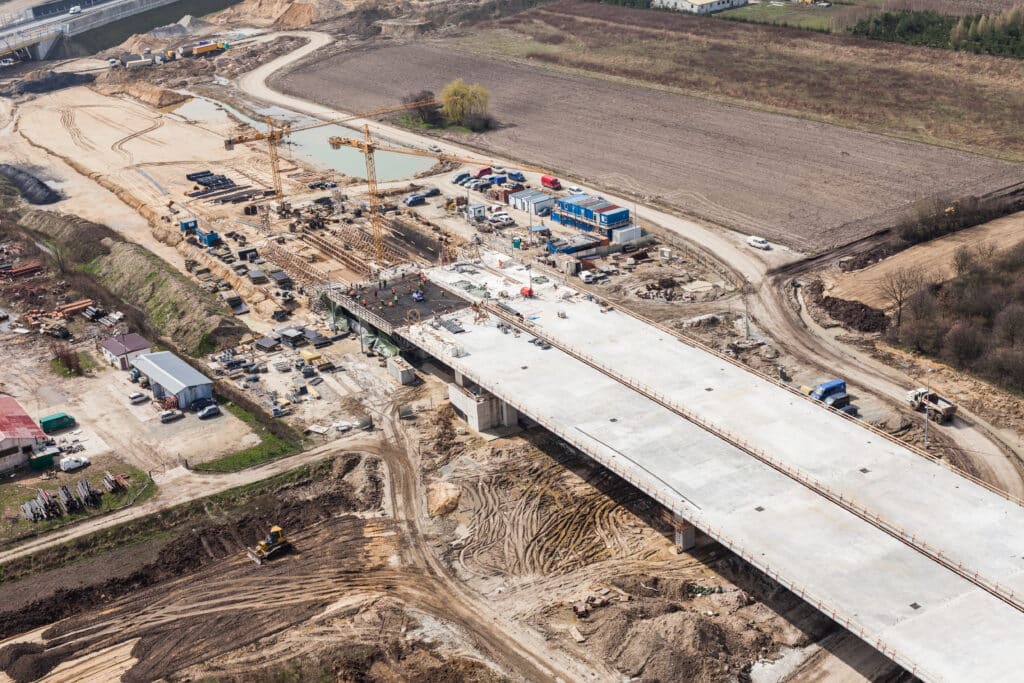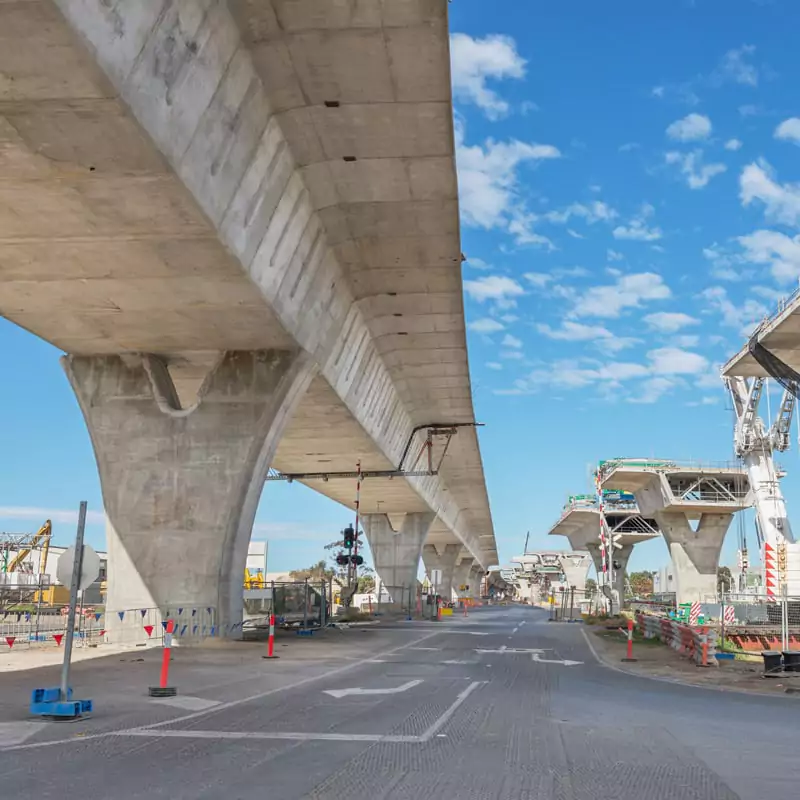Heavy civil construction refers to large-scale infrastructure projects that are essential for the functioning and development of communities and economies. These projects typically involve the construction of substantial structures that support transportation, utilities, and other essential public services. Unlike residential or commercial construction, which focuses on buildings and properties, heavy civil construction is all about creating the foundational elements of a region’s infrastructure.
Key Features of Heavy Civil Construction
- Large Scale and Complexity Heavy civil construction projects are often on a grand scale. These can include roads, bridges, tunnels, airports, dams, water treatment facilities, and other critical infrastructure. The work involved is typically complex, requiring specialized knowledge in areas such as engineering, environmental considerations, and logistics.
- Public Works Projects Most heavy civil construction projects are public works projects commissioned by local, state, or federal governments. These projects are designed to improve transportation networks, utility systems, or public safety and health. However, private entities, such as energy companies or developers, may also undertake similar projects to meet specific needs.
- Long Duration Given the scale and complexity, heavy civil projects usually take several months or even years to complete. The planning, design, environmental impact assessments, procurement of materials, and coordination of numerous stakeholders contribute to the extended timeframes.
- Use of Specialized Equipment Heavy civil construction requires heavy machinery and specialized equipment, including bulldozers, cranes, excavators, and large trucks. These machines help contractors move large volumes of earth, pour concrete, build foundations, and lift heavy materials into place.
- Environmental and Safety Considerations Due to the size and scope of these projects, there are often significant environmental and safety concerns. Construction companies must work within strict regulations and guidelines to minimize the impact on the surrounding environment. This includes measures for handling waste, controlling erosion, and protecting wildlife habitats.

Types of Heavy Civil Construction Projects
Heavy civil construction covers a wide range of project types. Here are a few examples:
- Roadways and Highways: Construction and maintenance of roads, highways, and interchanges. These projects may involve paving, widening, or adding lanes to improve traffic flow and safety.
- Bridges and Tunnels: Building and repairing bridges and tunnels to connect regions or cross natural obstacles like rivers, mountains, and seas.
- Water and Wastewater Infrastructure: Construction of water treatment plants, reservoirs, stormwater management systems, and wastewater treatment facilities to ensure clean water and proper waste disposal.
- Airports and Ports: Developing or upgrading transportation hubs such as airports and seaports to facilitate the movement of people and goods.
- Dams and Reservoirs: Constructing dams for water storage, irrigation, hydroelectric power generation, or flood control purposes.
- Rail and Transit Systems: Expanding and improving railway systems, subways, and light rail systems for better public transportation.
The Role of Heavy Civil Contractors
Heavy civil contractors play a critical role in these projects. They are responsible for everything from initial planning and design to the execution of construction work and final delivery. This involves coordinating with engineers, architects, government officials, subcontractors, and suppliers.
Key tasks include:
- Site Preparation: Clearing land, excavation, and grading to prepare the site for construction.
- Material Management: Sourcing, transporting, and managing large volumes of materials like concrete, steel, asphalt, and stone.
- Labor Management: Overseeing a skilled workforce, including laborers, operators, and engineers, to complete the project safely and efficiently.
- Compliance and Regulation: Ensuring the project meets legal and environmental regulations, such as zoning laws, building codes, and safety standards.
Why Is Heavy Civil Construction Important?
Heavy civil construction is essential because it supports the foundational infrastructure that powers a modern economy. Without these massive public works projects, cities wouldn’t have roads, clean water, or energy, and communities would struggle to function efficiently.
From the maintenance of transportation networks to the creation of sustainable water systems, heavy civil construction ensures that infrastructure keeps pace with growth and development. It supports economic growth, improves quality of life, and fosters job creation in a variety of sectors.
Heavy civil construction is the backbone of any country’s infrastructure system, ensuring that essential public services and transportation systems are in place for the functioning of society. With its large scale, complexity, and wide-ranging scope, it requires specialized expertise, considerable resources, and careful planning. Whether it’s a new highway or a multi-story bridge, heavy civil construction shapes the landscape of modern life and helps drive economic progress.
Follow Amundson Group on LinkedIn to stay up to date on the latest!





